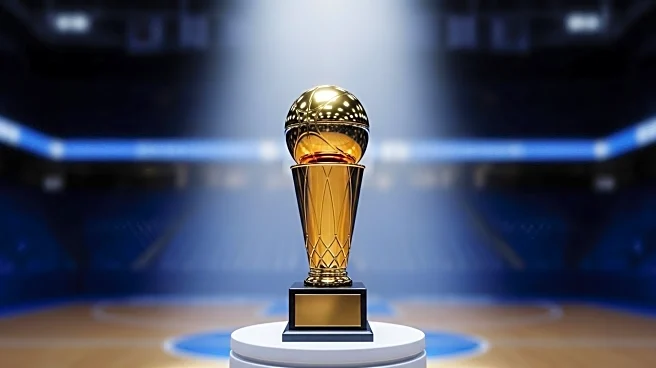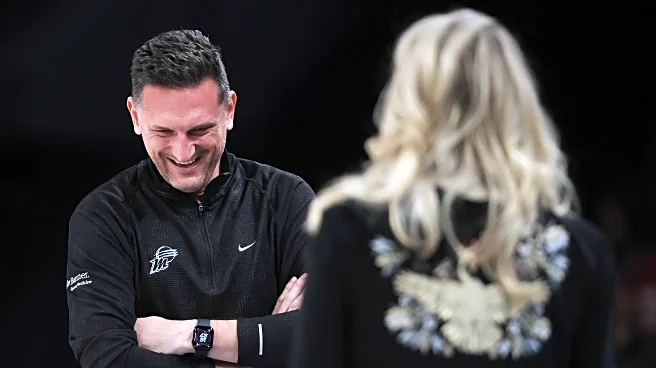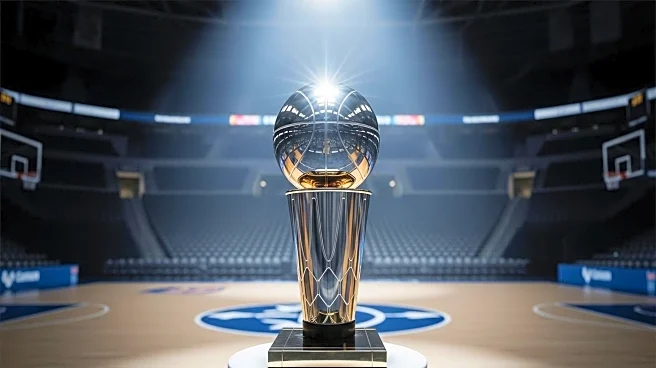What's Happening?
The Golden State Valkyries, a WNBA team, recently hosted their first playoff game at the SAP Center, marking a significant milestone as the tenth professional sports team to play at the venue. The SAP Center, known for its versatility, was transformed from hosting a concert to accommodating a basketball playoff game in a short span of time. This event was notable as it was the first time a team other than the San Jose Barracuda used the Sharks' home locker room. The Valkyries' playoff game was part of their inaugural season, and the venue's adaptation highlights its multi-purpose design, which was initially conceived to host various events beyond sports.
Why It's Important?
The hosting of the Valkyries' playoff game at SAP Center underscores the growing influence and recognition of women's sports, particularly the WNBA, in major sporting venues traditionally dominated by men's teams. This event reflects a broader trend of inclusivity and diversification in sports entertainment, potentially leading to increased visibility and support for women's sports. The successful adaptation of the venue for a basketball game also demonstrates the flexibility and economic potential of multi-purpose arenas, which can attract a wider range of events and audiences, benefiting local economies and sports franchises.
What's Next?
Following the successful hosting of the Valkyries' playoff game, SAP Center may continue to explore opportunities to host more diverse events, including additional women's sports games and other entertainment activities. This could lead to further investments in infrastructure and technology to enhance the venue's adaptability. The Valkyries, having marked their presence in a prominent venue, may leverage this exposure to build a stronger fan base and seek more partnerships and sponsorships, contributing to the growth of the WNBA.
Beyond the Headlines
The event at SAP Center highlights the cultural shift towards greater acceptance and promotion of women's sports, challenging traditional gender norms in the sports industry. It also raises questions about the allocation of resources and media coverage for women's sports compared to their male counterparts, potentially influencing future policy decisions and sponsorship strategies.












